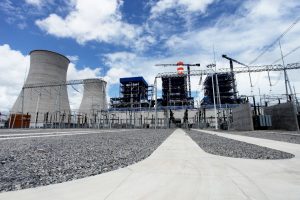
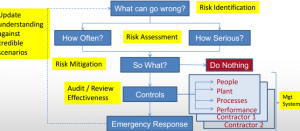
IDEA N TECHNOLOGY’s team of consultants can provide Safety Integrity Level Verification studies, SIL Verification studies, assessing the SIL capability of specified Safety Instrumented Functions (SIFs) using methods such as:
- Fault Tree Analysis (FTA);
- Reliability Block Diagrams (RBDs) or;
- Failure Modes Effects and Criticality Analysis (FMECA).

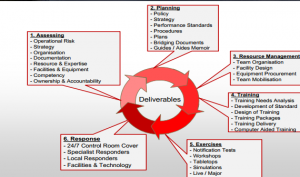
A SIL Verification assessment is typically carried out following a SIL Determination study, to verify that the SIFs, which have been (typically) identified as part of a Layers of Protection Analysis (LOPA), meet their targeted SIL level.
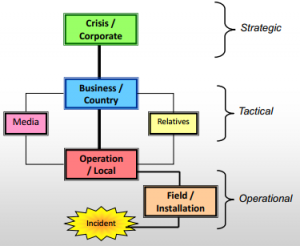

IDEA N TECHNOLOGY is recognized as a SIL Verification consultancy and has extensive experience of carrying out SIL Verification studies to address random hardware failures and minimum architecture in terms of hardware fault tolerance (HFT) for the SIFs under consideration as per the requirements specified in IEC 61508 / IEC 61511.
Our SIL Verification consultants can also provide plant reliability, availability and maintainability (RAMS) studies using similar techniques
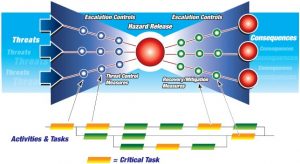
IDEA N TECHNOLOGY can provide:
- An assessment of the random hardware reliability, and minimum architecture in terms of Hardware Fault Tolerance (HFT) of each SIF, comprising input devices, logic modules, actuator and final element devices;
- SIL Verification assessments of proposed or existing SIFs conducted using failure rate data provided by the client / vendor, or from IDEA N TECHNOLOGY’s very own failure rate database. This can be used to confirm, or otherwise, hardware reliability and compliance with safety requirements parameters such as Probability of Failure on Demand (PFD) and frequency of a dangerous failure (PFH);
- Sensitivity analyses to optimize proof test and automatic test intervals;
- Recommendations for SIF modifications where the SIL Verification assessment has shown that the SIL target cannot be met, detailing the improvement options that will allow the target to be met;
- Documentation of the assessment process, providing a visible and traceable analysis in a formal report;
- Development of proof testing procedures to ensure that the proof test for the SIFs are carried out at the required intervals by competent personnel to ensure an accurate and consistent approach
IDEA N TECHNOLOGY’s experienced consultants can lead and facilitate SIL Determination studies, Safety Integrity Level Determination studies, ranging from calibrated Risk Graphs, to semi-quantitative Layers of Protection Analysis (LOPA) and fully-quantitative Fault Tree Analysis (FTA).
A SIL Determination study is required to determine the Safety Integrity Level requirements, SIL requirements, for Safety Instrumented Functions (SIFs). This involves determining the necessary risk reduction required to meet the tolerable risk for specific hazardous scenarios. This typically involves:
- Determining the potential frequency and consequence of a specific hazard;
- Determining the risk reduction provided by other measures and the resulting risk gap;
- Assignment of SIL requirements for SIFs based on any resulting risk gaps in accordance with IEC 61508 and IEC 61511.
IDEA N TECHNOLOGY has extensive experience in conducting SIL Determination studies across a variety of industries, such as the process and machinery sector in accordance with their respective standards, IEC 61511 and IEC 62061.
As well as the use of a LOPA as part of a SIL Determination study, other methods such as a calibrated risk graph or FTA can also be used to identify the risk gap and determine the SIL requirements for the SIF under consideration. These methods can be analyzed quantitatively or semi-quantitatively based on the outputs from the HAZOP / PHA study.
As part of the SIL Determination study, IDEA N TECHNOLOGY can provide:
- A SIL Determination workshop facilitated by one of IDEA N TECHNOLOGY’s experienced SIL Determination consultants;
- Use of software package ProSet®, providing a traceable and consistent approach throughout the SIL Determination study;
- Calibration of client specific risk criteria;
- Demonstration of the As Low as Reasonably Practical (ALARP) principle using Cost Benefit Analysis (CBA) where appropriate;
- A record of the SIL Determination study through the production of a subsequent report, providing an overview of the target SIL for the specified SIF under study as well as detailing the study as a whole.
Following on from a SIL Determination study, IDEA N TECHNOLOGY can conduct a SIL Verification assessment to verify if the SIFs meets the specified targets, as per the requirements of IEC 61508 and IEC 61511.
